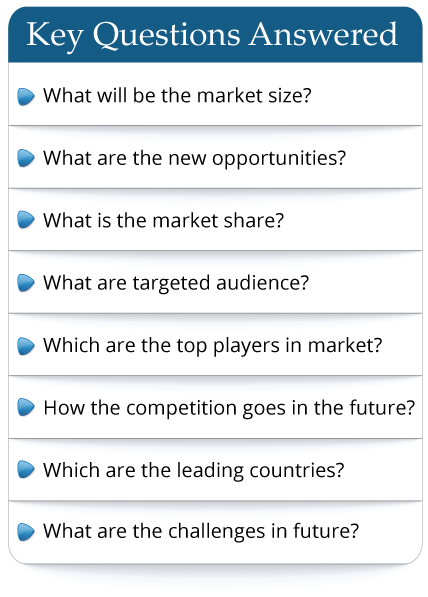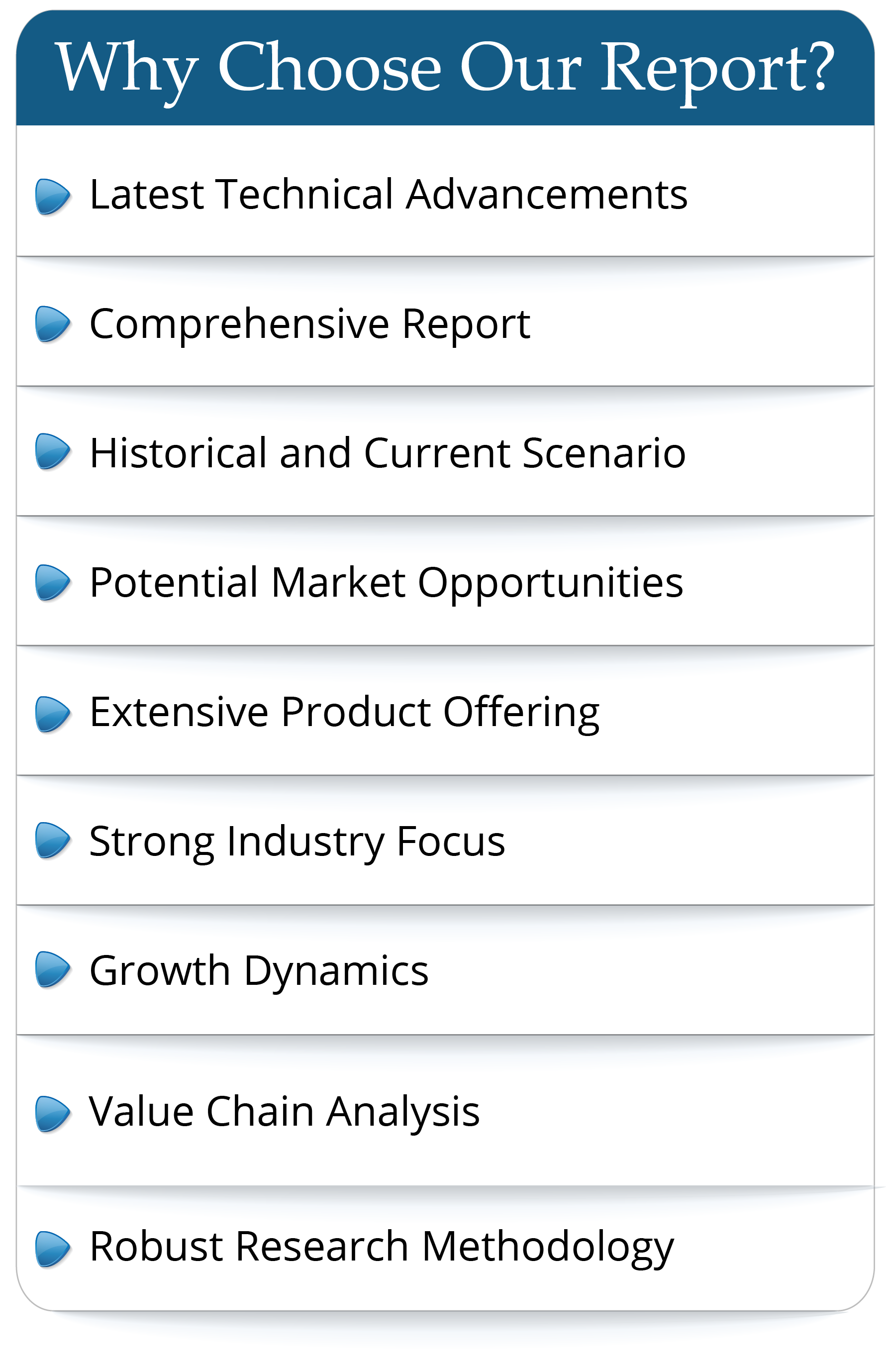A plate and frame heat exchanger is a type of heat exchanger that uses metal plates to transfer heat between two fluids. This has a major advantage over a conventional heat exchanger in that the fluids are exposed to a much larger surface area because the fluids are spread out over the plates. This facilitates the transfer of heat, and greatly increases the speed of the temperature change.
The global Plate and Frame Heat Exchangers market was valued at US$ 4848 million in 2023 and is anticipated to reach US$ 6580 million by 2030, witnessing a CAGR of 4.4% during the forecast period 2024-2030.
The core manufacturers of global Plate and Frame Heat Exchangers include Alfa Laval, Kelvion and Danfoss, and the top three manufacturers account for about 49% of the global share. Asia-Pacific is the world's largest market with a market share of about 43%, followed by Europe and North America with 26% and 22% respectively. In terms of product type, Gasketed has the largest market share of about 46%, followed by Brazed with 23%. From an application perspective, HVAC & Cooling is the largest downstream market with a 27% share.
Report Scope
This report aims to provide a comprehensive presentation of the global market for Plate and Frame Heat Exchangers, with both quantitative and qualitative analysis, to help readers develop business/growth strategies, assess the market competitive situation, analyze their position in the current marketplace, and make informed business decisions regarding Plate and Frame Heat Exchangers.
The Plate and Frame Heat Exchangers market size, estimations, and forecasts are provided in terms of output/shipments (K Sqm) and revenue ($ millions), considering 2023 as the base year, with history and forecast data for the period from 2019 to 2030. This report segments the global Plate and Frame Heat Exchangers market comprehensively. Regional market sizes, concerning products by Type, by Application, and by players, are also provided.
For a more in-depth understanding of the market, the report provides profiles of the competitive landscape, key competitors, and their respective market ranks. The report also discusses technological trends and new product developments.
The report will help the Plate and Frame Heat Exchangers manufacturers, new entrants, and industry chain related companies in this market with information on the revenues, production, and average price for the overall market and the sub-segments across the different segments, by company, by Type, by Application, and by regions.
Market Segmentation
By Company
Alfa Laval
Kelvion
Danfoss
SWEP
Spx Flow
Hisaka Works
GU & THT
Xylem
API Heat Transfer
FUNKE
Siping ViEX
Kaori Heat Treatment
LS Heat Exchange
Güntner Group
Cipriani Heat Exchangers
Ningbo Hrale
HRS Heat Exchangers
by Type
Gasketed
Brazed
Welded
by Application
HVAC & Cooling
Oil & Gas
Power Generation
Chemical
Food & Beverage
Manufacturing Industry
Others
Production by Region
North America
Europe
China
Japan
Consumption by Region
North America
U.S.
Canada
Asia-Pacific
China
Japan
South Korea
China Taiwan
Southeast Asia
India
Europe
Germany
France
U.K.
Italy
Russia
Rest of Europe
Latin America, Middle East & Africa
Mexico
Brazil
Turkey
GCC Countries
Chapter Outline
Chapter 1: Introduces the report scope of the report, executive summary of different market segments (by region, by Type, by Application, etc), including the market size of each market segment, future development potential, and so on. It offers a high-level view of the current state of the market and its likely evolution in the short to mid-term, and long term.
Chapter 2: Detailed analysis of Plate and Frame Heat Exchangers manufacturers competitive landscape, price, production and value market share, latest development plan, merger, and acquisition information, etc.
Chapter 3: Production/output, value of Plate and Frame Heat Exchangers by region/country. It provides a quantitative analysis of the market size and development potential of each region in the next six years.
Chapter 4: Consumption of Plate and Frame Heat Exchangers in regional level and country level. It provides a quantitative analysis of the market size and development potential of each region and its main countries and introduces the market development, future development prospects, market space, and production of each country in the world.
Chapter 5: Provides the analysis of various market segments by Type, covering the market size and development potential of each market segment, to help readers find the blue ocean market in different market segments.
Chapter 6: Provides the analysis of various market segments by Application, covering the market size and development potential of each market segment, to help readers find the blue ocean market in different downstream markets.
Chapter 7: Provides profiles of key players, introducing the basic situation of the main companies in the market in detail, including product production/output, value, price, gross margin, product introduction, recent development, etc.
Chapter 8: Analysis of industrial chain, including the upstream and downstream of the industry.
Chapter 9: Introduces the market dynamics, latest developments of the market, the driving factors and restrictive factors of the market, the challenges and risks faced by manufacturers in the industry, and the analysis of relevant policies in the industry.
Chapter 10: The main points and conclusions of the report.
The global Plate and Frame Heat Exchangers market was valued at US$ 4848 million in 2023 and is anticipated to reach US$ 6580 million by 2030, witnessing a CAGR of 4.4% during the forecast period 2024-2030.
The core manufacturers of global Plate and Frame Heat Exchangers include Alfa Laval, Kelvion and Danfoss, and the top three manufacturers account for about 49% of the global share. Asia-Pacific is the world's largest market with a market share of about 43%, followed by Europe and North America with 26% and 22% respectively. In terms of product type, Gasketed has the largest market share of about 46%, followed by Brazed with 23%. From an application perspective, HVAC & Cooling is the largest downstream market with a 27% share.
Report Scope
This report aims to provide a comprehensive presentation of the global market for Plate and Frame Heat Exchangers, with both quantitative and qualitative analysis, to help readers develop business/growth strategies, assess the market competitive situation, analyze their position in the current marketplace, and make informed business decisions regarding Plate and Frame Heat Exchangers.
The Plate and Frame Heat Exchangers market size, estimations, and forecasts are provided in terms of output/shipments (K Sqm) and revenue ($ millions), considering 2023 as the base year, with history and forecast data for the period from 2019 to 2030. This report segments the global Plate and Frame Heat Exchangers market comprehensively. Regional market sizes, concerning products by Type, by Application, and by players, are also provided.
For a more in-depth understanding of the market, the report provides profiles of the competitive landscape, key competitors, and their respective market ranks. The report also discusses technological trends and new product developments.
The report will help the Plate and Frame Heat Exchangers manufacturers, new entrants, and industry chain related companies in this market with information on the revenues, production, and average price for the overall market and the sub-segments across the different segments, by company, by Type, by Application, and by regions.
Market Segmentation
By Company
Alfa Laval
Kelvion
Danfoss
SWEP
Spx Flow
Hisaka Works
GU & THT
Xylem
API Heat Transfer
FUNKE
Siping ViEX
Kaori Heat Treatment
LS Heat Exchange
Güntner Group
Cipriani Heat Exchangers
Ningbo Hrale
HRS Heat Exchangers
by Type
Gasketed
Brazed
Welded
by Application
HVAC & Cooling
Oil & Gas
Power Generation
Chemical
Food & Beverage
Manufacturing Industry
Others
Production by Region
North America
Europe
China
Japan
Consumption by Region
North America
U.S.
Canada
Asia-Pacific
China
Japan
South Korea
China Taiwan
Southeast Asia
India
Europe
Germany
France
U.K.
Italy
Russia
Rest of Europe
Latin America, Middle East & Africa
Mexico
Brazil
Turkey
GCC Countries
Chapter Outline
Chapter 1: Introduces the report scope of the report, executive summary of different market segments (by region, by Type, by Application, etc), including the market size of each market segment, future development potential, and so on. It offers a high-level view of the current state of the market and its likely evolution in the short to mid-term, and long term.
Chapter 2: Detailed analysis of Plate and Frame Heat Exchangers manufacturers competitive landscape, price, production and value market share, latest development plan, merger, and acquisition information, etc.
Chapter 3: Production/output, value of Plate and Frame Heat Exchangers by region/country. It provides a quantitative analysis of the market size and development potential of each region in the next six years.
Chapter 4: Consumption of Plate and Frame Heat Exchangers in regional level and country level. It provides a quantitative analysis of the market size and development potential of each region and its main countries and introduces the market development, future development prospects, market space, and production of each country in the world.
Chapter 5: Provides the analysis of various market segments by Type, covering the market size and development potential of each market segment, to help readers find the blue ocean market in different market segments.
Chapter 6: Provides the analysis of various market segments by Application, covering the market size and development potential of each market segment, to help readers find the blue ocean market in different downstream markets.
Chapter 7: Provides profiles of key players, introducing the basic situation of the main companies in the market in detail, including product production/output, value, price, gross margin, product introduction, recent development, etc.
Chapter 8: Analysis of industrial chain, including the upstream and downstream of the industry.
Chapter 9: Introduces the market dynamics, latest developments of the market, the driving factors and restrictive factors of the market, the challenges and risks faced by manufacturers in the industry, and the analysis of relevant policies in the industry.
Chapter 10: The main points and conclusions of the report.
Frequently Asked Questions
This market study covers the global and regional market with an
in-depth analysis of the
overall growth prospects...
- By product type
- By End User/Applications
- By Technology
- By Region
The report provides a detailed evaluation of the market by
highlighting information on
different aspects including drivers, restraints...

 Pre-order Enquiry
Pre-order Enquiry Download Free Sample
Download Free Sample












